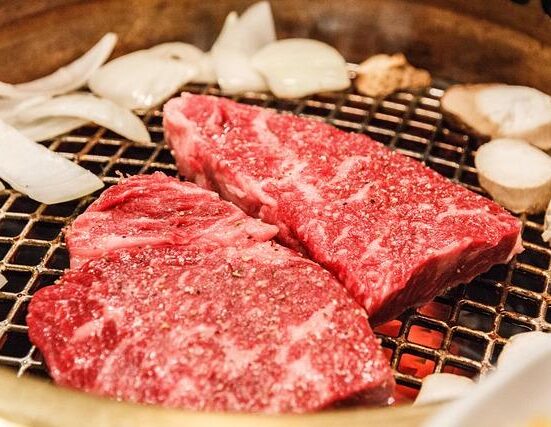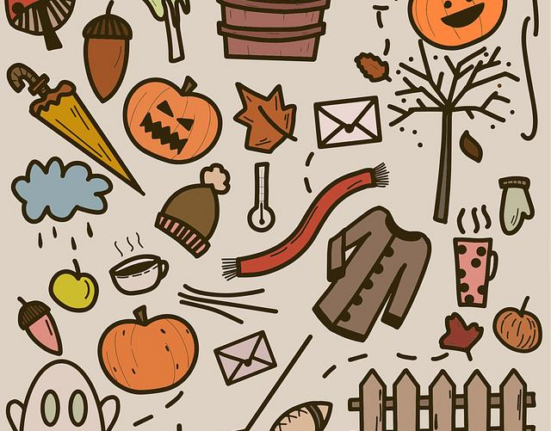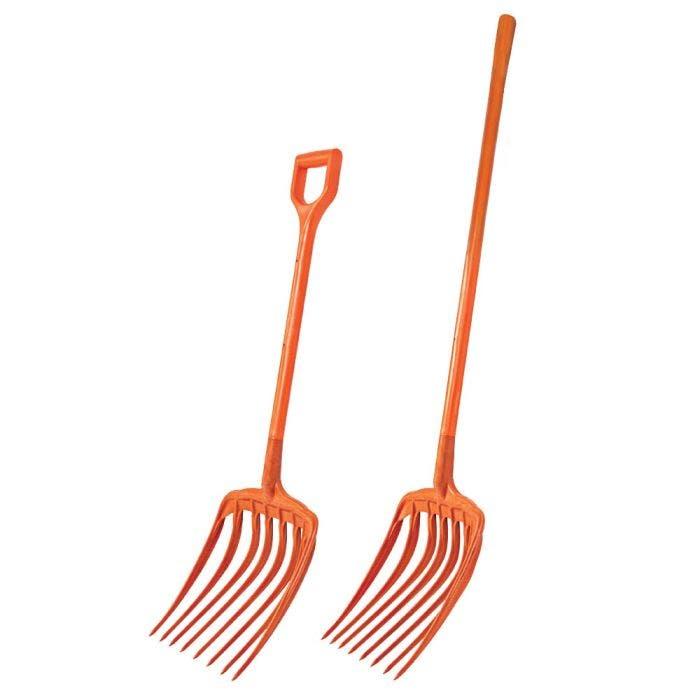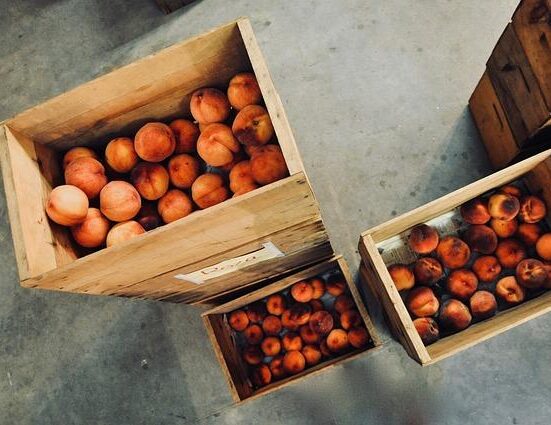In the vibrant tapestry of gardening, where every leaf adn petal holds the promise of life, the foundation of our green endeavors often lies in the unseen depths of the soil. A thriving garden is not just a product of sunlight and water; it is a symbiotic relationship nurtured by the right tools and materials that promote healthy soil and flourishing plants. Enter the world of mulching—an age-old practice that brings a wealth of benefits to the garden ecosystem. From conserving moisture to suppressing weeds, mulching is a gardener’s secret weapon. In this article, we will explore the top mulching tools and materials that can elevate your gardening game, ensuring that your plants not only survive but thrive, creating a verdant sanctuary that celebrates the beauty of nature. Join us as we delve into the essentials that will help you cultivate rich, nourishing soil and vibrant plant life, equipping you with the knowledge to transform your outdoor space into a flourishing retreat.
Choosing the Right Mulching Materials for Optimal Soil Health
When selecting mulching materials, consider the balance between functionality and environmental benefits. Organic options,such as wood chips,straw,and shredded leaves,not only add nutrients back into the soil as they decompose but also enhance moisture retention,reduce weed growth,and maintain optimal soil temperature. Wood chips are particularly effective for perennial beds and have a long-lasting presence, whereas straw is lighter and ideal for annuals and vegetable gardens. Additionally,shredded leaves are often available for free in autumn,providing an eco-amiable solution that supports local biodiversity.
In contrast, inorganic materials such as plastic film or landscape fabric can provide immediate weed suppression and temperature control but may not contribute to soil health over time. While rubber mulch can effectively last for years and provide a unique aesthetic, it doesn’t decompose and can effect soil quality in the long run. Ultimately, the choice of mulch should reflect your specific gardening goals, local climate, and soil needs, balancing short-term benefits with long-term sustainability.

Essential Tools for Effective Mulching Techniques
To achieve the best results in mulching, having the right tools at your disposal is essential. Start with a good garden fork or cultivator to break up the soil before applying mulch. These tools help aerate the earth, making it easier for moisture and nutrients to penetrate deeply. A mulching mower can also be a game changer; it finely chops grass clippings and leaves, returning nutrient-rich materials back to your garden. Other indispensable tools include landscape fabric to suppress weeds and maintain moisture levels,and also shovels and rakes for spreading and leveling mulch evenly across your planting beds.
Choosing the right mulch material is equally vital, and various options can cater to your garden’s specific needs.Consider using organic mulches like shredded bark, straw, or wood chips for a natural look and added nutrients as they decompose.If you’re prioritizing durability, stone or gravel mulches provide a long-lasting solution and excellent weed suppression. Here’s a concise table summing up popular mulch materials along with their benefits:
| Mulch Material | Benefits |
|---|---|
| Shredded Bark | Decomposes slowly, enriches soil |
| straw | Grate for vegetable gardens; retains moisture |
| Wood Chips | Good for decorative beds; prevents weeds |
| Gravel | Low maintenance; excellent for pathways |

Comparing Organic and Inorganic Mulches for Plant Growth
When selecting mulches for your garden,it’s essential to understand the differences between organic and inorganic options,as each has unique advantages and considerations. organic mulches,such as shredded bark,straw,and grass clippings,not only help retain moisture but also contribute nutrients back into the soil as they decompose. Their ability to improve soil structure and attract beneficial microorganisms makes them a favored choice for many gardeners. On the flip side, inorganic mulches, including plastic sheeting, gravel, and stones, provide excellent weed control and are highly durable. They reflect heat, wich can benefit some plants but can also lead to moisture loss if not managed properly.
Here’s a quick comparison of the two types based on key factors:
| Factor | Organic Mulches | Inorganic Mulches |
|---|---|---|
| Soil Improvement | Yes, adds nutrients | No, does not decompose |
| Weed Control | Moderate | Excellent |
| Temperature Regulation | Moderate | High |
| Longevity | Short-term | Long-term |
In deciding which type to use, gardeners should assess their specific needs, such as plant types, local climate, and long-term soil health goals. Organic mulches contribute to a sustainable ecosystem, while inorganic options can suit those looking for durability and ease of maintenance. Ultimately, the right choice aligns with both your gardening ideology and practical necessities.

Maximizing Benefits: Tips for Application and Maintenance of Mulching
To fully harness the advantages of mulching, timing and proper application are paramount. Begin by laying down a layer of mulch in early spring, as the soil begins to warm, ensuring that the mulch is about 2-4 inches thick to effectively retain moisture and prevent weed growth.Choose materials wisely; organic options like wood chips, straw, or grass clippings not only decompose to enrich the soil but also offer insulation for plant roots. Remember to avoid piling mulch against plant stems or tree trunks, as this can lead to rot and pest issues.
Maintenance is key to maintaining healthy soil and thriving plants. Regularly inspect your mulch layer for signs of decomposition, and replenish as necessary to maintain an adequate thickness.An annual refresh of organic mulch will promote ongoing benefits, like improved soil structure and increased microbial activity. Additionally, consider incorporating a mix of materials—such as blending leaves, wood chips, and compost—to balance aesthetics and functionality. Keep an eye on moisture levels under the mulch and adjust irrigation as needed to ensure that your garden flourishes throughout the growing season.
The Conclusion
nurturing the heart of your garden begins with the right tools and materials for mulching. By selecting the best options for your soil and plants, you create an inviting habitat that promotes healthy growth and resilience. From organic choices like wood chips and straw to innovative solutions like rubber mulch,each material offers unique benefits tailored to your garden’s needs.
As you embark on your mulching journey,remember that it’s not merely about aesthetics; it’s about fostering a robust ecosystem that supports your plants for the long haul. With the right practices and a little patience, you can transform your garden into a thriving oasis. So gather your tools, lay down that mulch, and watch your garden flourish with renewed vigor. Here’s to cultivating vibrant spaces—one layer of mulch at a time!















Leave feedback about this